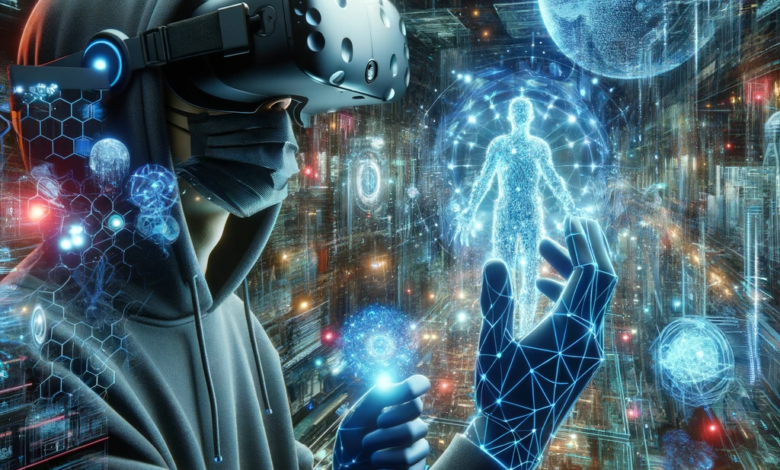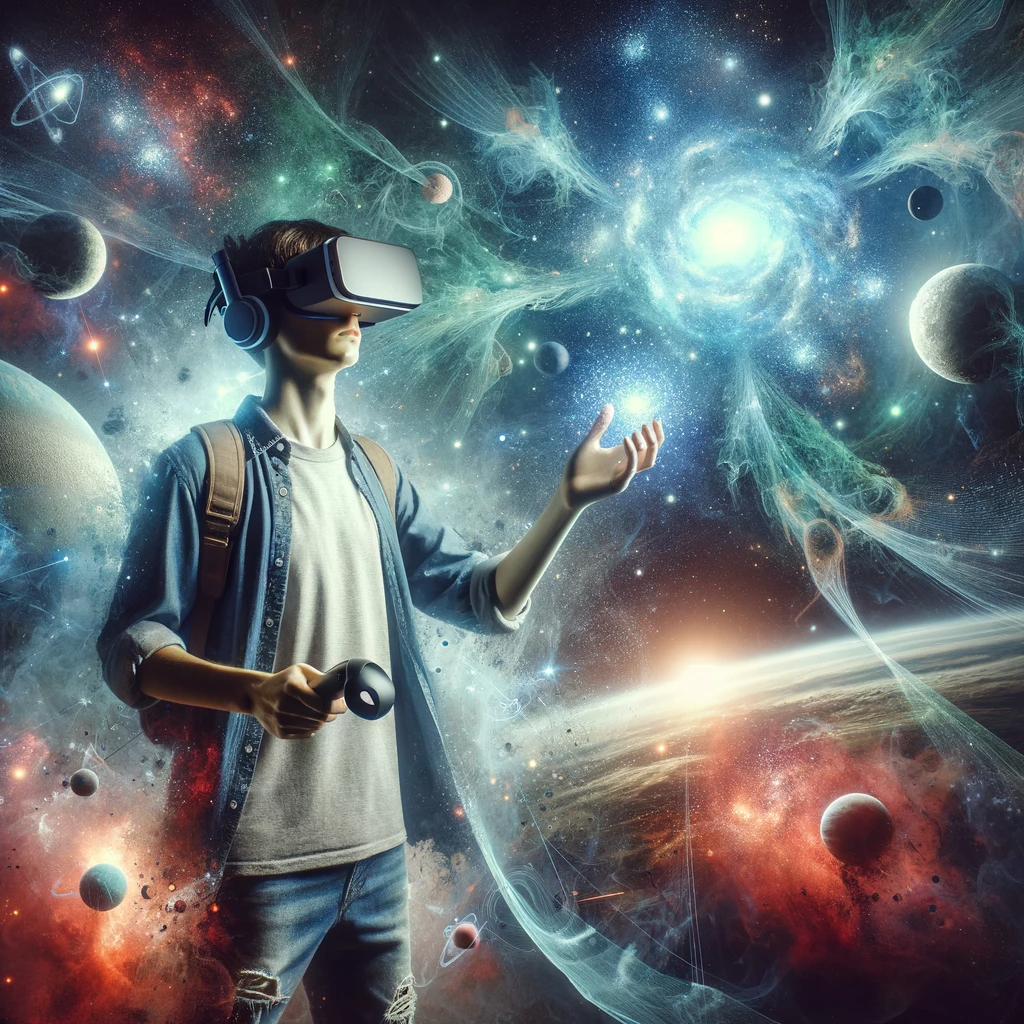Tech
Unveiling the Digital Dimension: The World of Virtual Reality

World of Virtual Reality
Virtual Reality (VR), once a futuristic fantasy, has now emerged as a versatile and powerful technology with applications spanning various sectors. This blog explores the expansive world of VR, delving into its key features and myriad applications that are transforming how we interact, learn, work, and play.
1. The Essence of Virtual Reality
- Key Features of VR:
- Immersive Environments: The ability of VR to create a fully immersive digital environment that stimulates the senses.
- Interactivity: VR’s interactive capabilities allow users to manipulate their digital surroundings with realistic responses.
- 3D Audio: Advanced sound technology in VR helps create a more realistic and immersive auditory experience.
- Real-Time Rendering: The power of VR to render graphics in real-time, crucial for creating a seamless virtual experience.
- User Tracking: Advanced tracking systems in VR accurately monitor user movements and translate them into the digital environment.
- Comfort and Accessibility: Continued improvements in the design of VR hardware for enhanced user comfort and wider accessibility.

2. Broadening Horizons: Diverse Applications of VR
- 3. Broad Spectrum of VR Applications
- Gaming and Entertainment: Beyond traditional gaming, VR’s role in immersive cinemas and virtual theme parks.
- Educational Tools: From virtual field trips to interactive historical recreations, how VR is transforming learning experiences.
- Healthcare Innovations: Beyond therapy and training, VR’s use in pain management and patient care.
- Business and Industry: Use in product design, virtual prototyping, and enhancing customer experiences.
- Real Estate and Architecture: Offering virtual tours, architectural visualizations, and interior design simulations.
- Art and Cultural Experiences: Creating new dimensions in art exhibitions, virtual museums, and live performances.
- Social Interaction: VR platforms for socializing, virtual meetings, and collaborative work environments.
- Tourism and Exploration: Virtual travel experiences and exploration of remote or inaccessible locations.
- .
2. The Mechanics of Virtual Reality
- Core Technology: Unpacking how head-mounted displays, motion tracking, and 3D audio create a convincing virtual environment.
- Creating Immersion: The science of simulating a physical presence in a virtual world, focusing on visual fidelity, interactivity, and user interface design.
3. VR in Professional and Educational Spheres
- Skill Development and Training: From flight simulations for pilots to virtual surgery for medical students.
- Corporate Training: Interactive VR modules for employee training and development.
- Remote Work and Collaboration: Facilitating virtual meetings and collaborative workspaces.
- Academic Research: Utilization in scientific visualization, archaeology, and more.
7. The Future of Virtual Reality
- Technological Advancements: Anticipating future innovations in VR technology, including more seamless and wireless experiences.
- Integration with Other Technologies: The potential synergy of VR with other emerging technologies like augmented reality (AR) and artificial intelligence (AI).
- Broader Adoption and Impact: Exploring how VR will become more integrated into everyday life and its potential societal impacts.

Challenges and Limitations of Virtual Reality
- Hardware Limitations and Costs: One of the primary challenges facing VR is the need for sophisticated, often expensive hardware. High-quality VR headsets and the computers or consoles needed to run them can be cost-prohibitive for many consumers.
- Physical and Health Concerns: VR can cause physical discomfort and health issues like motion sickness, eye strain, and fatigue. The dissonance between visual stimuli and physical motion in VR environments is a particular concern.
- Technical Challenges: Maintaining high performance and reducing latency are critical for a seamless VR experience. Any lag between a user’s actions and the system’s response can disrupt immersion and potentially cause discomfort.
- Content Limitations: While VR content is growing, there is still a relative scarcity of high-quality VR applications and experiences, especially in non-gaming contexts. Developing engaging and diverse content remains a challenge.
- User Interface and Interaction: Designing intuitive and natural user interfaces for VR is complex. Translating physical actions into virtual responses poses unique design challenges.
- Accessibility and Inclusivity: Ensuring VR is accessible and inclusive for all users, including those with disabilities, is a significant challenge. There’s a need for more adaptive technologies and design approaches in VR systems.
Conclusion
Virtual Reality is more than just a technological marvel; it’s a gateway to experiences and possibilities previously confined to our imaginations. As VR continues to evolve, it promises to further blur the lines between the digital and physical worlds, offering unprecedented opportunities for learning, exploration, and entertainment.





Future